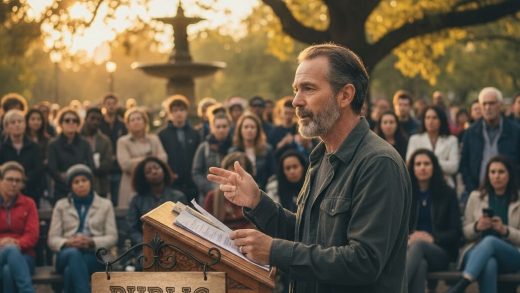
The Battle of Carberry Hill on June 15, 1567, near Musselburgh, East Lothian, was a pivotal confrontation in the downfall of Mary, Queen of Scots. The conflict stemmed from widespread outrage among the Scottish nobility over Mary’s marriage to James Hepburn, 4th Earl of Bothwell, who was widely believed to have murdered her previous husband, Lord Darnley. Many influential lords, including former allies like Morton and Maitland, formed the Confederate Lords to avenge Darnley’s death, despite many of the same men having previously signed the Ainslie Tavern Bond pledging support for the marriage. Bothwell had been controversially acquitted of the murder charge after Darnley’s father failed to appear at the trial. Mary intensified the opposition by making Bothwell the Duke of Orkney and marrying him just three days later.
On the morning of the stand-off, Mary and Bothwell positioned their forces on Carberry Hill, reportedly using an old entrenchment and armed with cannon and pikes from Dunbar Castle, with support mainly from the Hamiltons. The Confederate Lords approached from Musselburgh with a force of comparable size, carrying a provocative banner that graphically depicted Darnley’s murder and the infant James VI, with the motto, “Judge and Revenge my cause, O Lord.” The stand-off lasted hours, during which Bothwell offered and then declined several challenges for single combat from the rebel lords. The French ambassador attempted to mediate, but the Earl of Morton insisted on fighting the king’s murderer.
As the day wore on, with Mary’s troops low on morale and water, some of Bothwell’s own supporters deserted. In response to an oath from the rebel Lords that she would be treated as their sovereign, Queen Mary agreed to surrender to Sir William Kirkcaldy. Bothwell was then allowed to ride away with a small escort to Dunbar Castle. The Queen was taken to Edinburgh wearing simple attire, where she was immediately confronted with the infamous “murder banner.” The rebel Lords, violating their oath, quickly imprisoned her at Lochleven Castle. Bothwell fled to Shetland, then to Norway, eventually dying in foreign captivity. Mary escaped Lochleven but was defeated at the Battle of Langside and subsequently sought exile in England, becoming a prisoner and later executed in 1587, while her Scottish supporters continued a civil war for five more years.
Discover more from WILLIAMS WRITINGS
Subscribe to get the latest posts sent to your email.




